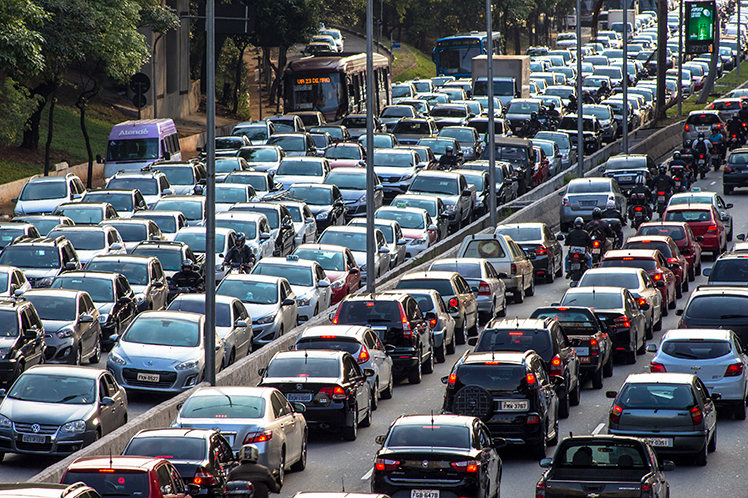
Introduction
European Metropolitan Transport Authorities (EMTA) is an association that was created in 1998 so as to form a venue for exchange of information, experience and best practices in the field of planning, integrating and financing public transport services in the larger European cities and their metropolitan areas.
EMTA brings together 34 authorities from 21 European countries. The roles and remit may not stand out in public as much compared to those of mobility providers. Nevertheless, public transport authorities in metropolitan areas represent key decision-making bodies for resolving issues related to public transport and infrastructure policy, including sustainable and smart mobility, for obvious reasons:
- Large cities and conurbations for their accessibility and livability depend on an intricate mass transit system. The high-density of the population, concentration of workplaces and business renders public space into a scarce commodity. By consequence, public transport is the most efficient mode of transport in terms of space consumption per head.
- Intermodal public transport is a prerequisite to keep our cities moving and running on dedicated infrastructure is the best answer to the varied mobility needs of citizens and visitors.
- The pandemic has demonstrated that in times of major disruptions keeping public transport running is essential to ensure that countless workers in vital functions reach their workplace. When public transportation is hampered to deliver its services, strong impacts on local society, business and city competitiveness as well as occupation and employment may become visible.
- Transport authorities are best placed to support the development of a sustainable long-term strategy of Europe’s transport and mobility system. By capitalizing on local experiences and steer towards safe, sustainable and smart mobility for cities of the future, local transport authorities will play a fundamental role in enabling a positive transformation towards a resilient and balanced mobility system in the next decades
- Large cities are not viable without public transport. The high density of inhabitants and jobs makes space a very scarce resource. As a consequence, public transport, which is the most efficient mode of transportation in terms of space consumption per traveller, is the best answer to mobility needs in densely populated areas. The major disruptions which occur in large cities when public transportation fails to deliver its services (accidents, strikes) are the best illustration of this strong dependence.
- Inhabitants of large conurbations suffer particularly from congestion and nuisances caused by the increased (single occupancy) use of the private car. Air pollution and noise levels, accidents are particularly acute in large urban environments, affecting the quality of life and health conditions of many. Car use is also a factor in augmented CO2-emissions and climate change.
- Metropolitan areas often have rather complex institutional and governance frameworks, involving different levels of territorial and functional agencies in charge of urban and regional planning and transport development (municipality, metropolitan area, region and sometimes even national government, mostly in the case of capital cities). Therefore, governance coordination and coherence of mobility, infrastructure planning and land use policies is an imperative to ensure sustainable development and foster integrated, seamless and reliable public transport.
- Public transport networks tend to be rather complex and multi-tiered, hence require vertical integration and alignment. Metropolitan networks mostly are multimodal (bus, tramway, metro, rail services, river services) operated by different transport companies. Functional, technical and physical integration of services for payment, travel information, data access and sharing are fundamental to create a travel offer that make for a seamless and comfortable journey.
These are only few of the characteristics that highlight the importance, as well as the complexity, of the missions and challenges public transport authorities in larger cities are facing.